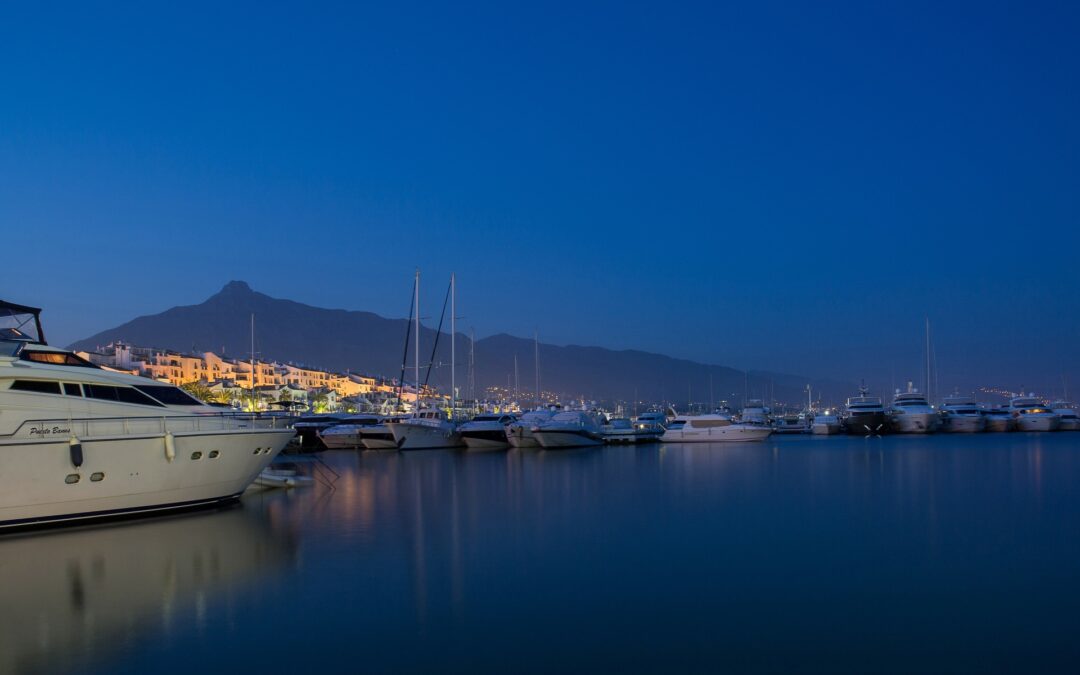With many marinas now banning the use of generators, converters are becoming an ever more essential part of the onboard inventory. Environmental regulations and the disturbance caused to neighbouring yachts have made generators unwelcome at the dock. As such, the industry has turned to shore power as an alternative. This shoreside electrical power saves the yacht from consuming fuel that would otherwise be used to power it while in port, and eliminates the air and noise pollution associated with consumption of that fuel. Use of shore power can also facilitate maintenance of the ship’s engines and generators.
However, using this power successfully requires a converter strong and steady enough to manage the requirements of a yacht. An unreliable converter can lead to numerous issues, not least that if it fails a yacht can be forced to leave the marina, to the great inconvenience of the owner and guests.
Although shore power converters have come a long way, not all manufacturers currently use the most up-to-date technology to design their products. As a user, how do you know what to look for? We want you to feel confident ditching the generator, so we have researched the best features of today’s reliable shore power converters. After all, a great converter doesn’t just convert power; it converts angry dock neighbours into happy ones, an anxious owner to re-assured and a guilty environmental conscience to clean.
Transistors: The Next Generation
Every few years the manufacturers of power transistors release a new generation of devices that are more efficient, reliable and advanced than previous ones.?The technical name for these transistors are IGBTs. There have been a lot of advances in recent years with these IGBTs due to the growth in solar power, wind power and electric cars (where they are also used).?Ideally, your new converter should use this latest generation of transistors.

Less is more
Most manufacturers build their converters from lots of small IGBTs and connect them in parallel. This results in a converter with a lot of components, which directly affects its reliability.? A lot of smaller IGBTs in parallel will also struggle when their load suddenly increases, as they may not share the load equally causing some to become overloaded. This puts strain on the components and means it is less likely to work correctly.
It is best to look for a converter with fewer IGBTs in parallel. For example, power conversion expert Atlas Marine’s SHF converter is unique in that it utilizes one component for this process. This style of building eliminates the load sharing problem, and the reduced component count increases the unit’s reliability.
NB: The phrase ‘less is more’ is also true with regards to the size of the converter as a whole. It may go without saying but the smaller the converter, the more space you have onboard.
Can’t handle the heat?
The ability to operate in extreme conditions is obviously important when the converter is likely to be used in tropical climates and with a high demand for power (as is common for yachts). However, what is often overlooked is that due to this increased ability, these components are working at much less than their maximum operating levels at normal temperatures and power levels. This means the converter’s long-term reliability is greatly increased.
Interestingly, this is another area that the SHF converter is currently leading in. The device is designed (and tested) to operate continually at full load in high ambient temperatures of 55oC. What’s more, it can cope with up-to an 200% overload without problems in this climate.? This is the only converter on the market that can do all of these things at the same time.
Two inputs are better than one
If the amount of power needed on the yacht is close to the rating of the marina breaker supplying it, there is a risk the breaker will trip causing all power to be lost.?That’s why it’s best to get a converter with two built-in inputs, so that a second shore cable can be connected to another marina breaker if needed.
When the second cord is connected to the converter it should be able to automatically connect and share the load with the first. This enhances reliability, especially if the converter can share the load proportionally between the cords when faced with marina breakers with different ratings. If the breaker with the larger rating automatically supplies more of the power, there is no unnecessary strain put on the lower rated one, meaning even less chance of a power trip.
Don’t chill
Some converter manufacturers connect their units directly to the chilled water system of the yacht for cooling.? However, this can lead to reliability issues stemming from internal condensation and plumbing connection failing, alongside with the fact that this makes the shore converters operation reliant on a whole other system.
What’s more, this is unstable as during the summer months the sea water temperature is higher, causing the chilled water to be higher and the IGBTs to operate at a higher temperature. This higher temperature greatly increases the chance of the IGBTs getting too hot and failing.?Avoid this cooling system if possible.
Extraordinary conditions control
The more advanced diagnostic system the better. The internal components should be strictly monitored so that crew are alerted ahead of time when something is operating out of its normal conditions.?This helps prevents any unexpected shutdowns.
The output power from the converter also needs to be precisely regulated, even if there are sudden changes or fluctuations in the power from the marina.? Why risk damaging your sensitive equipment onboard when it could be protected?
Find out more about Atlas Marine and the SHF converter.
Want to hear more from Superyacht Technology News? Subscribe to our magazine free!

